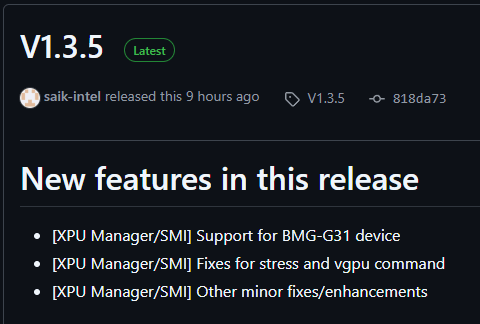Apple’s shift to develop its own AI technology to keep up with competitors was today detailed in a The New York Times report.
![]()
Citing sources familiar with Apple’s work, the report explains that the decision to revamp Siri was taken early last year by Apple’s most senior executives. Senior vice president of software engineering Craig Federighi and senior vice president of Machine Learning and AI Strategy John Giannandrea are said to have spent several weeks testing OpenAI’s ChatGPT to understand the ways in which the competitor made Siri look antiquated. The Siri team purportedly failed to receive attention and resources compared to other groups inside Apple, and the company has struggled to recruit and retain leading AI researchers.
Apple executives are said to be concerned that AI threatens the iPhone’s market share because it has the potential to become a more compelling operating system with an ecosystem of AI apps that undermine the App Store. Apple apparently fears the iPhone becoming a “dumb brick” compared with other technology.
This conclusion triggered a significant reorganization at Apple amid determination to catch up in the race to develop AI tools. The company moved to reallocate employees and resources toward AI, and the change of strategy was a contributing factor in the decision to cancel its electric vehicle project. Apple’s upcoming iPhone 16 models will supposedly feature more memory to support AI features.
Apple is expected to reveal a series of AI tools at its WWDC keynote on June 10, including an improved version of Siri that is more conversational and capable, with the ability to “chat” rather than merely respond to individual queries. The company is working on making Siri better at handling tasks such as setting timers, creating calendar appointments, adding items to Reminders, and summarizing text. Apple plans to market the new version of Siri as a more private alternative to rival AI services because most requests will be processed on-device rather than remotely in data centres. See the full The New York Times article for more information.
Popular Stories
10 Reasons to Wait for Next Year’s iPhone 17
Apple’s iPhone development roadmap runs several years into the future and the company is continually working with suppliers on several successive iPhone models concurrently, which is why we sometimes get rumored feature leaks so far ahead of launch. The iPhone 17 series is no different, and already we have some idea of what to expect from Apple’s 2025 smartphone lineup. If you plan to skip…
Apple Apologizes for ‘Crush’ iPad Pro Ad, Won’t Put It on TV
When introducing the new M4 iPad Pro models, Apple showed a video of a hydraulic press crushing all manner of creative tools, including musical instruments, electronic equipment, arcade games, paint and brushes, computers, cameras, and more, with the aim of demonstrating how the iPad represents all of the tools condensed into a single device. The ad was a play on the popular hydraulic press…
What’s New With the iPad Pro Magic Keyboard
With the iPad Pro, Apple introduced an overhauled version of the Magic Keyboard to add new features that make using an iPad Pro feel more like using a Mac. If you’re thinking about buying one of the new iPad Pro models and don’t know if you should get a keyboard, this article walks through all of the new features. Design Apple hasn’t changed the underlying look of the Magic Keyboard, and…
Apple Says iOS 17.5 Coming ‘Soon’ With These New Features for iPhones
Apple today announced that iOS 17.5 will be released to the public “soon,” following over a month of beta testing. While the software update is relatively minor, it does have a few new features and changes, as outlined in the list below. “The new Pride Radiance watch face and iPhone and iPad wallpapers will be available soon with watchOS 10.5, iOS 17.5, and iPadOS 17.5,” said Apple, in its…
iPad Pro’s M4 Chip Outperforms M3 by Up to 25%
Benchmarks for the new M4 iPad Pro models have “>popped up on Geekbench, giving us an idea of how much faster Apple’s second-generation 3-nanometer chips are compared to the M3, M2, and other prior-generation Apple silicon chips. The 10-core variant of the M4 chip earned an average single-core score of 3,695 and an average multi-core score of 14,550 across 10 benchmarks. When it comes to…






